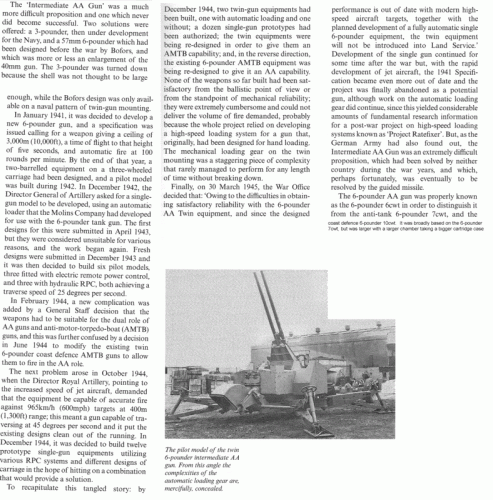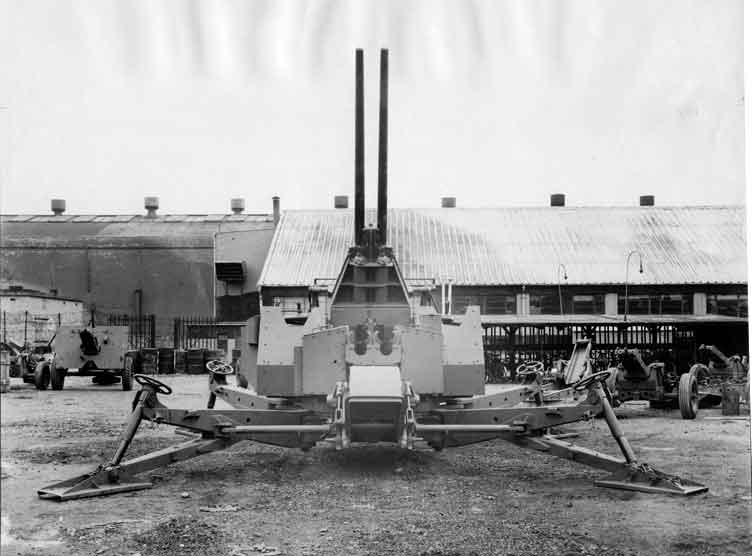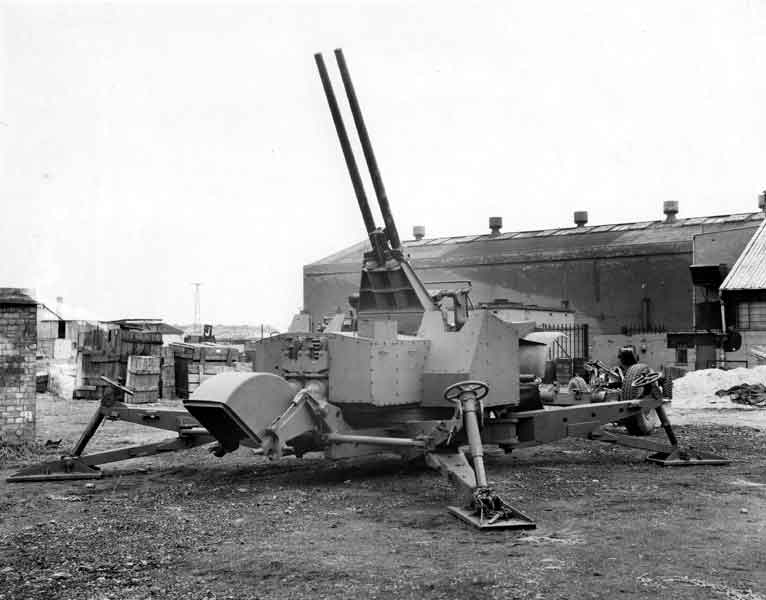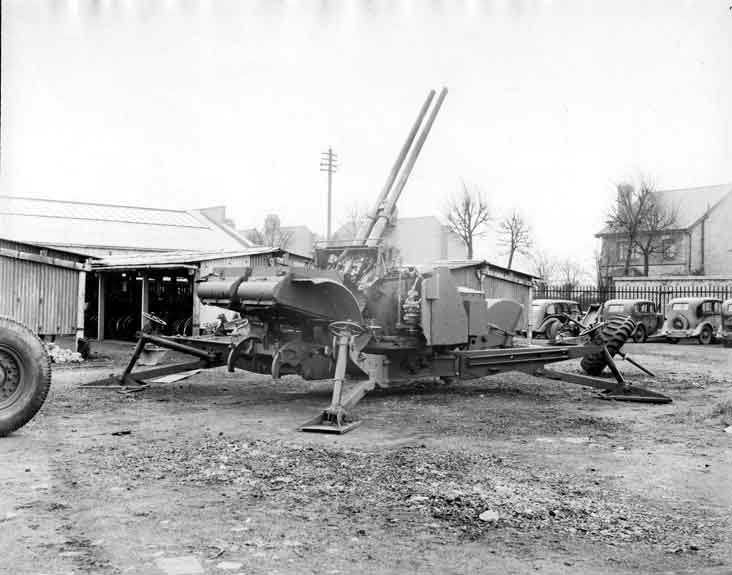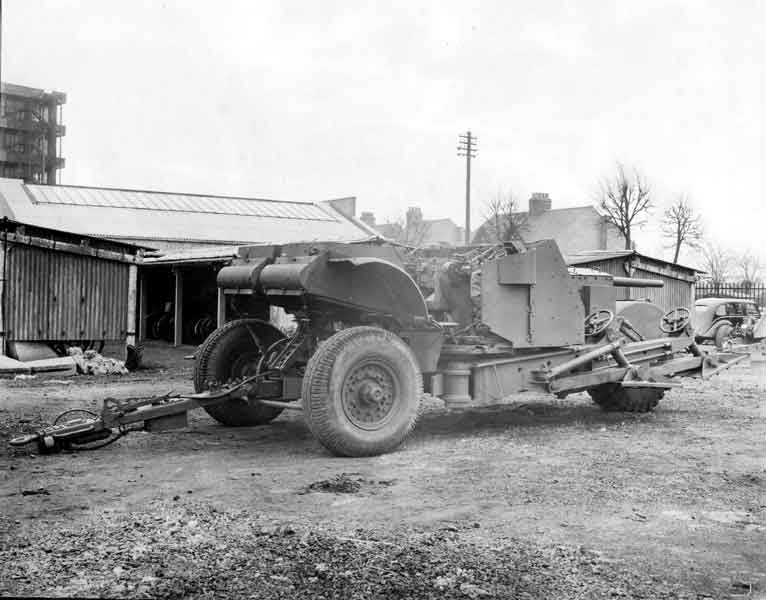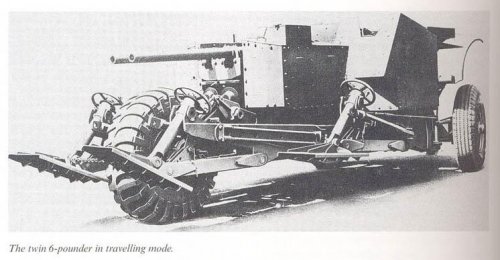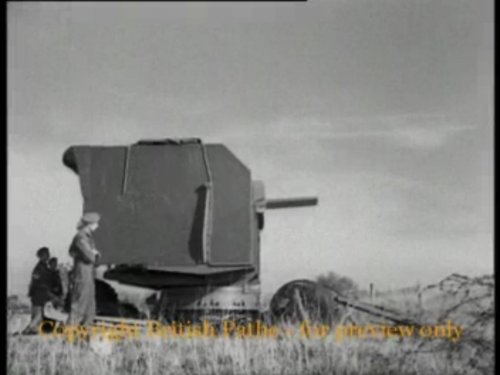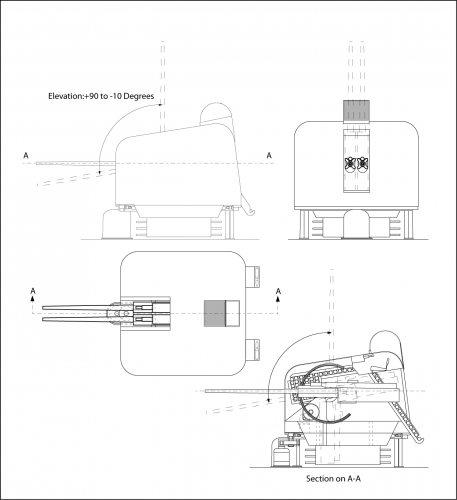- Joined
- 28 November 2006
- Messages
- 711
- Reaction score
- 737
Looking for information on the twin 6 pdr coastal defence (also a warship's weapon) gun (http://www.navweaps.com/Weapons/WNBR_6pounder_10cwt_m1.htm) I found elsewhere on the Internet a cut-out from Ian V. Hogg's books "Anti-Aircraft Artillery" (attached below). The author mentions there that the British worked on anti-aircraft guns in the 57mm calibre, but in the scan there is no detail on the weapons.
Does anybody have further information on the weapons in question? Any input would be appreciated, esp. pictorial reference.
Best regards,
Piotr
Does anybody have further information on the weapons in question? Any input would be appreciated, esp. pictorial reference.
Best regards,
Piotr

